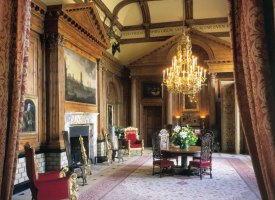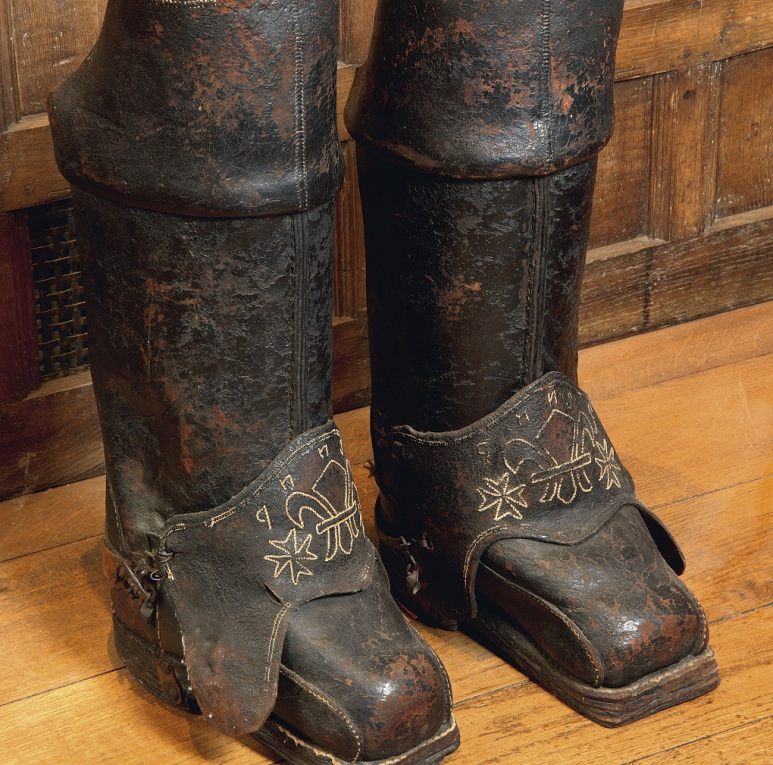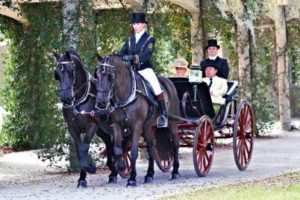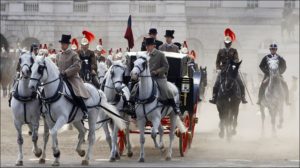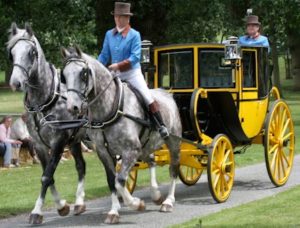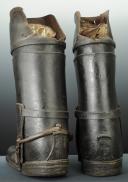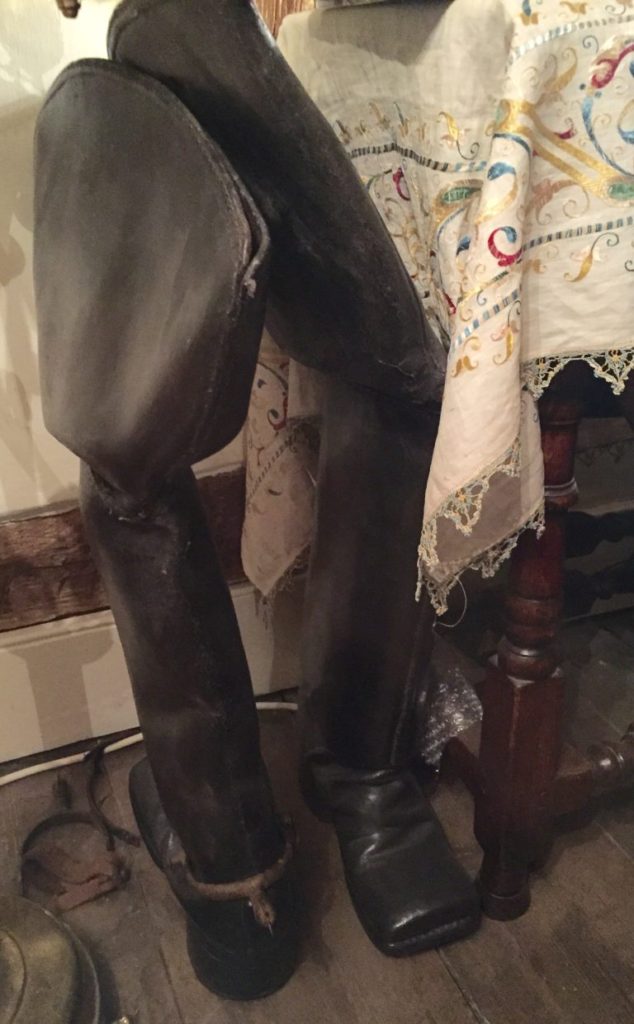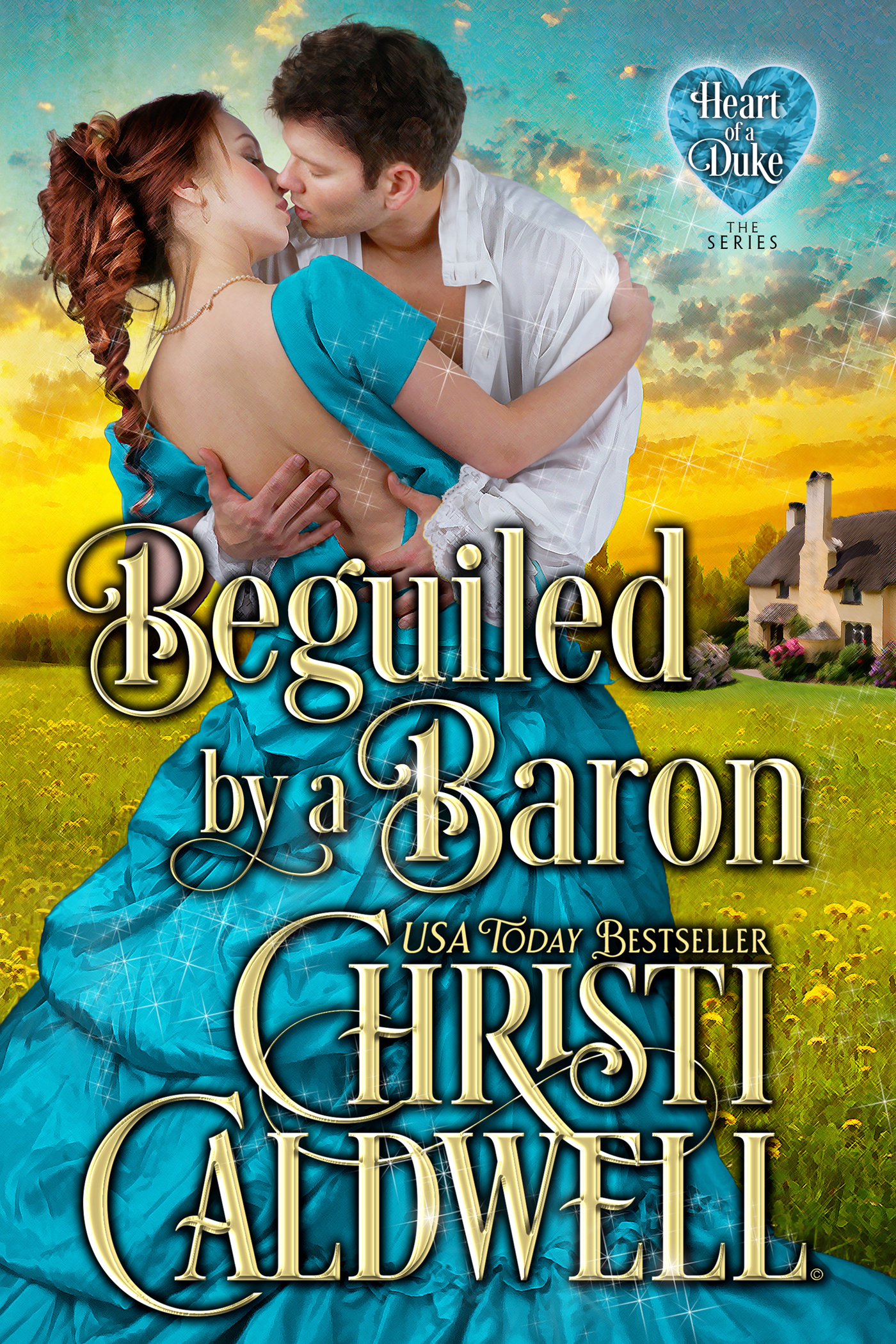BY LOUISA CORNELL
Have you given the horse strength? have you clothed his neck with thunder?
Can you make him afraid as a grasshopper? the glory of his nostrils is terrible.
He paws in the valley, and rejoices in his strength: he goes on to meet the armed men.
He mocks at fear, and is not affrighted; neither turns he back from the sword.
The quiver rattles against him, the glittering spear and the shield.
He swallows the ground with fierceness and rage: neither believes he that it is the sound of the trumpet.
He said among the trumpets, Ha, ha; and he smells the battle afar off, the thunder of the captains, and the shouting.
Job 39: 19-25
I have been a fan of English horse racing since I was a little girl watching the Grand National on telly in the little village of Kelsale, where we lived for three years whilst my father was stationed at Bentwaters AFB. The Sport of Kings, so called because of the heavy involvement of royalty from the beginning, (and probably because only someone as rich as a king can afford racehorses) has been a part of English history since the medieval period.
However, the true development of English racehorses, horses bred specifically to run and win races, can be traced back to three founding fathers, or as they are known in the horse breeding world – sires. The first of these was the Byerley Turk.
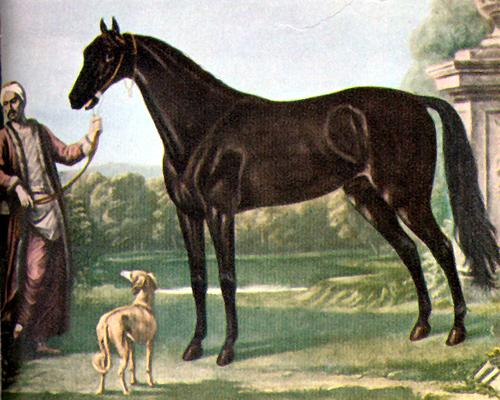
Born in 1678 or 1679, the stallion was taken from a captured Turkish officer by Captain Robert Byerley of the Sixth Dragoon Guards under King William III of Orange at the siege of Buda in 1688. The stallion was Byerley’s warhorse when the captain was sent to Ireland. There are official records about a race held there in 1690, called the Silver Bell, which Captain Byerley’s charger won handily.
When Captain Byerley retired from the military the Turk was put to stud, first at the family home at Middridge Grange in County Durham and later at the family seat at Goldsborough Hall in Yorkshire. One of the important colts sired by the Byerley Turk was Basto, who ended up in the stable of the Duke of Devonshire and created quite a name for the Devonshire stables in racing circles.
However, his most important son was Jigg, a middling racer who sired Partner, who was a racing phenomenon in his day. Partner was the sire of Herod, a stallion who is considered one of the foundation sires of the modern thoroughbred. Herod’s progeny are responsible for carrying the Byerley Turk line through into the twenty-first century.
The Turk was known to be standing at stud well into 1704, the year he died. He is thought to be buried on the grounds of Goldsborough Hall. Captain Byerley followed him in May of 1714 and is also buried at Goldsborough.
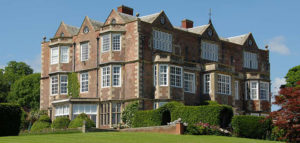

Goldsborough Hall is now a popular wedding venue. However, I wonder, on a moonlit night if one listens carefully, if one might not hear the hoofbeats of the Byerley Turk and Captain Byerley swallowing the ground with fierceness and rage and glorying in the founding of the breed of magnificent creatures who carry on the tradition of the Sport of Kings.
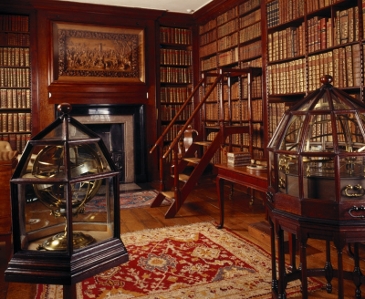
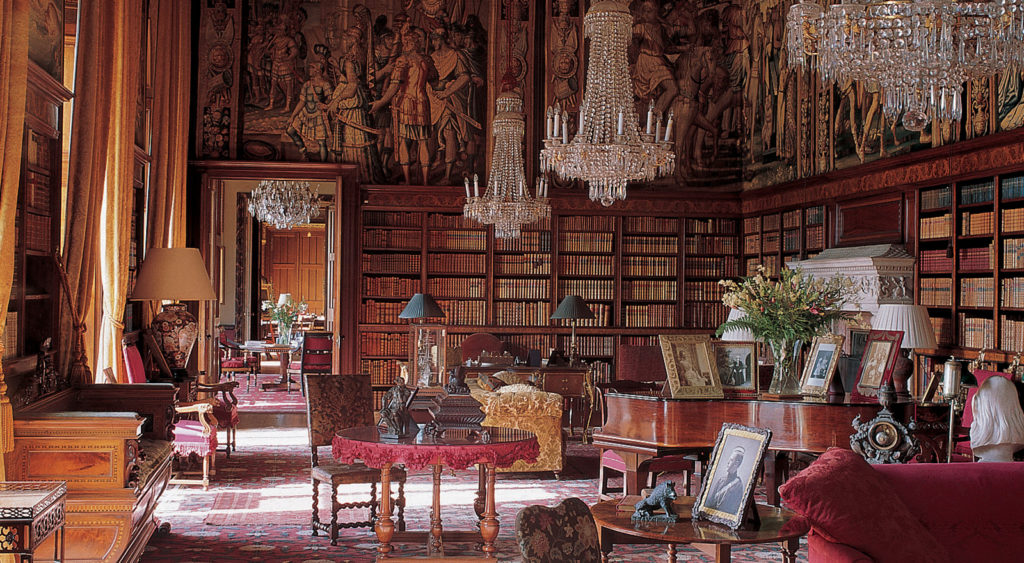
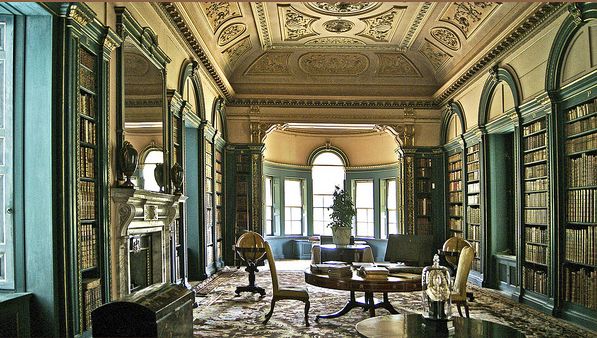
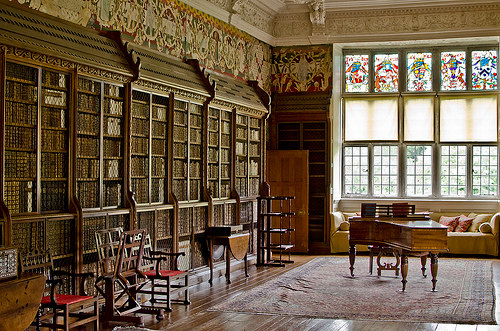 The library at Blickling Hall. Look at all of that natural light.
The library at Blickling Hall. Look at all of that natural light.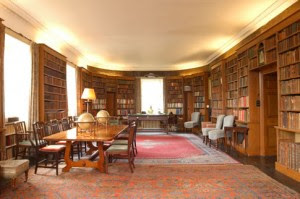 Ramerscale House Library.
Ramerscale House Library.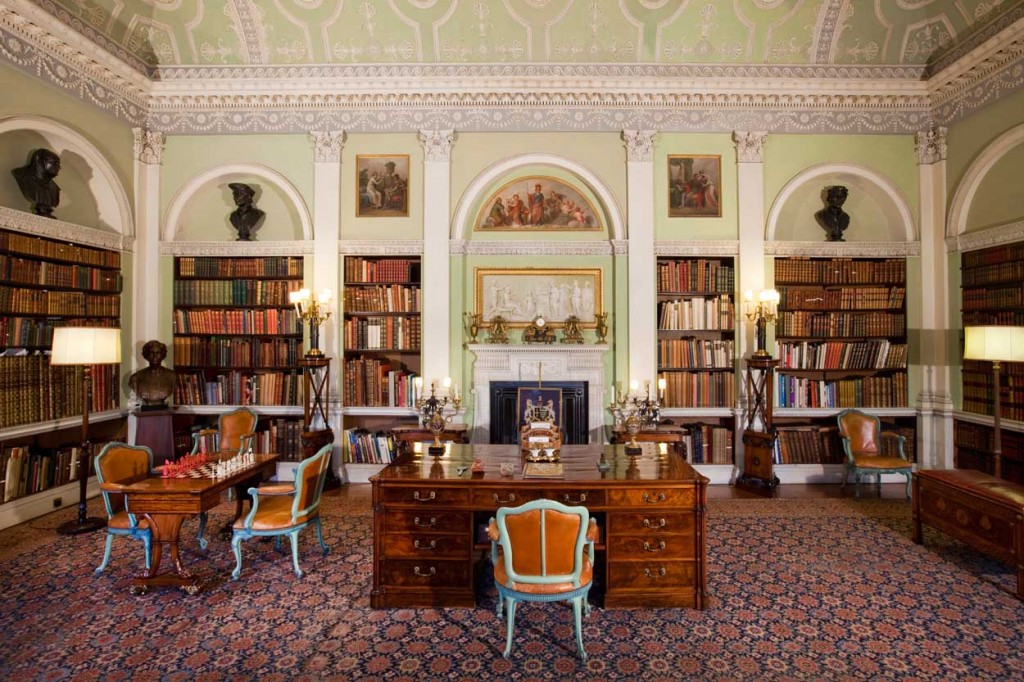
 It needs a comfy chair, but that ceiling!
It needs a comfy chair, but that ceiling! And the Nirvana of stately home libraries – Chatsworth – within whose walls over 20,000 books reside. Sigh!
And the Nirvana of stately home libraries – Chatsworth – within whose walls over 20,000 books reside. Sigh!



